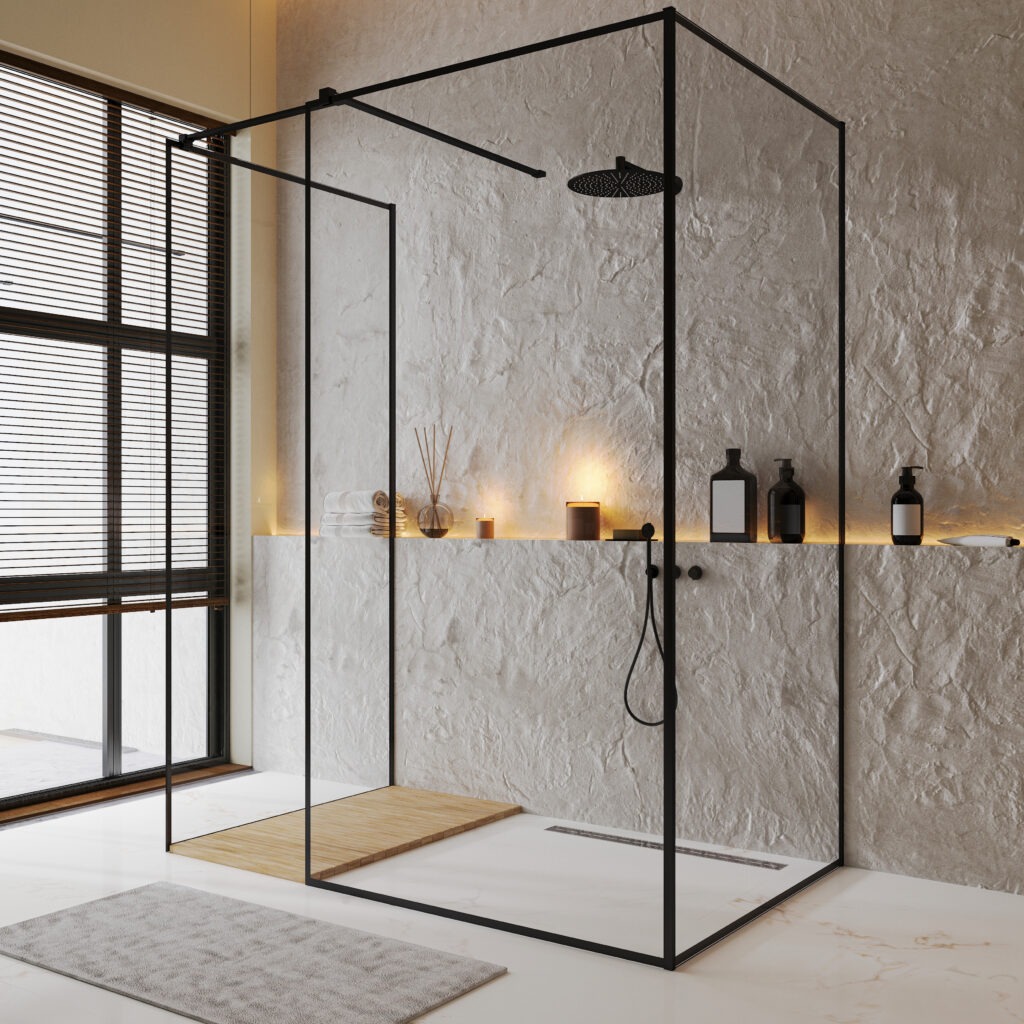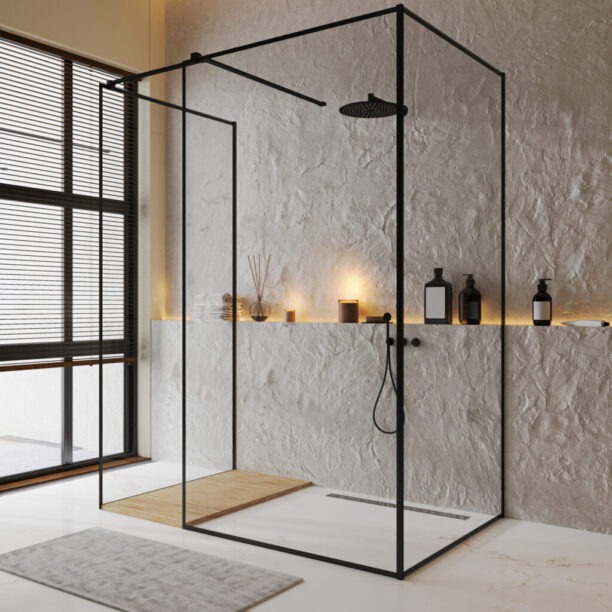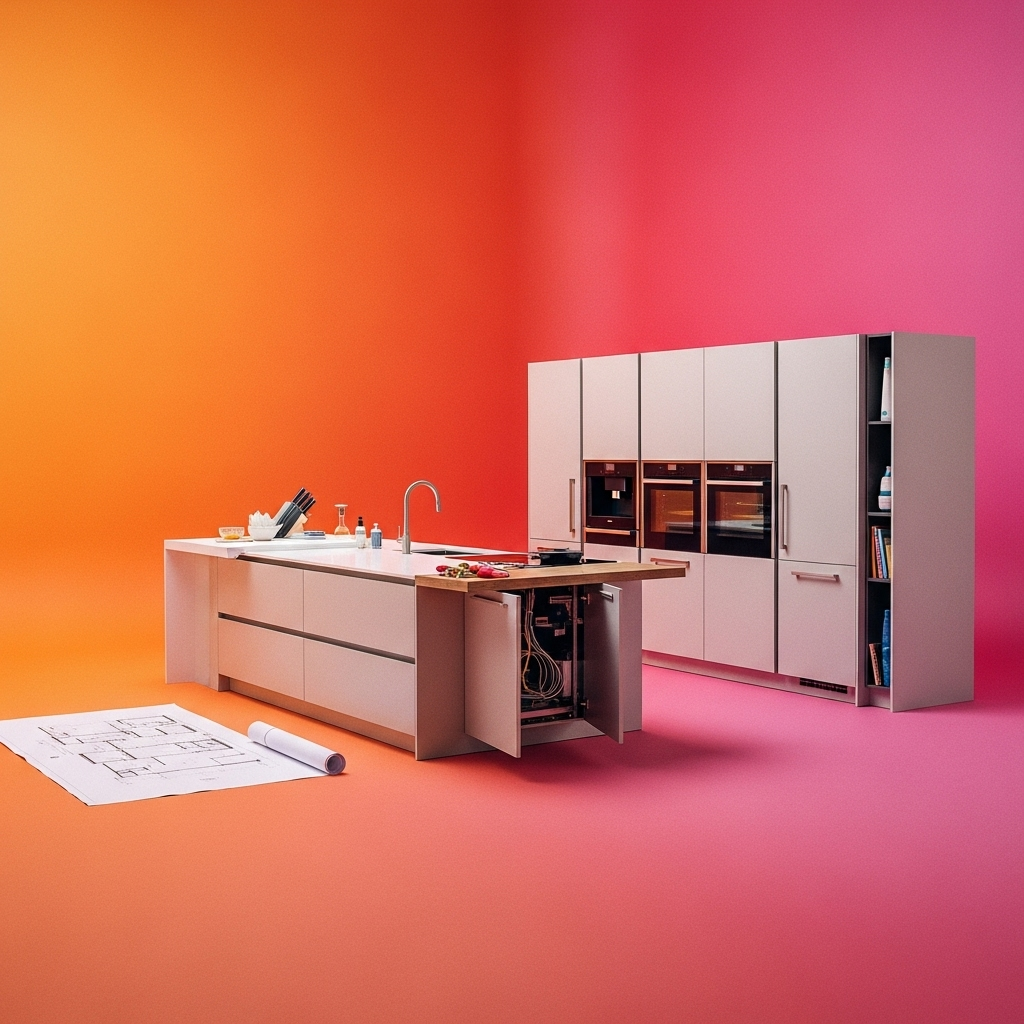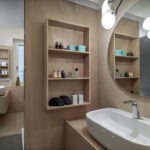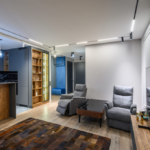Estimated reading time: 5 minutes
I. Introduction: The Great Bathroom Debate
It’s the daily question for homeowners looking to remodel: What should I do with the tub? Perhaps you once envisioned long soaks. However, that bathtub now often sits collecting dust. Consequently, it’s a bulky ceramic reminder taking up valuable real estate.
You know you want a change—a sleek, modern, walk-in shower. Nonetheless, you have to wonder: Is a tub-to-shower conversion worth it?
The goal of this guide is to analyze this major decision from every angle. Specifically, we’ll look at the financial return on investment (ROI) and the personal lifestyle perspective. First, we’ll break down the costs. Next, we will show what matters to future buyers. Finally, we’ll explain the everyday benefits. The simple truth is, the answer isn’t a simple “Yes” or “No.” Instead, the value of the conversion depends entirely on which bathroom you renovate and how you approach the project.
II. The Cost Breakdown: What You’re Paying For
The budget for a tub-to-shower conversion can vary dramatically. This variation depends on the scope of work and the materials you choose. Therefore, here’s a look at the two main approaches:
A. Simple Conversion (Acrylic Liner/Pre-fab)
This is the fastest and most affordable option. It is perfect for refreshing an outdated space without a full demolition. Generally speaking, it involves installing an acrylic or fiberglass shower pan and surrounding walls (or a liner) directly over the existing plumbing layout.
- Focus: This option is excellent for updating a guest bath or an investment property/rental. Durability and speed are the top priorities here, rather than custom design.
- Cost Range: Typically, expect a realistic range of $3,500 to $8,000. Remember, pricing will always vary significantly based on your local market and chosen contractor.
B. Full Custom Conversion (Tile/High-End Fixtures)
This is a full-scale renovation, which involves total demolition down to the studs. Consequently, this approach allows for complete customization of the layout. This might include moving the drain and creating a truly unique space.
- Focus: You get maximum design impact and personalization. Furthermore, this includes custom tile work on the walls and floor, high-end features like rain heads and handheld wands, glass doors, and built-in storage niches.
- Cost Range: This is the higher end of the spectrum. It typically starts around $9,000 and can easily exceed $15,000 for luxurious, fully custom installations.
III. Return on Investment (ROI): The Resale Value Angle
A full bathroom renovation offers one of the best ROIs in home improvement. Therefore, a tub-to-shower conversion requires a strategic approach. This ensures you appeal to the largest pool of future buyers.
A. The “One Tub Rule”
This is arguably the most important rule for homeowners focused on resale: Do not convert the only bathtub in your home to a shower.
- Key Point: Families with small children and many pet owners specifically look for a tub. As a result, removing the only one in the house can significantly hurt your resale value. It instantly eliminates a large segment of the potential buyer market. Consequently, always keep at least one full bathtub in the home.
B. The Second Bathroom Conversion
If you have other tubs, this is where the financial decision becomes a near-certain positive.
- Key Point: Converting a second or third bathroom’s tub to a spacious, well-designed walk-in shower is almost always a positive for ROI and buyer appeal. Ultimately, it signals a modern update and adds a feeling of luxury that buyers appreciate.
C. Accessibility & Aging in Place
This aspect provides major value in today’s market. Furthermore, it goes beyond simple aesthetics.
- Value Add: A curbless (zero-entry) walk-in shower is a massive selling point. For example, it makes a home highly attractive to buyers who are older people, those planning to retire in the home, or multi-generational families. Finally, it’s an investment in “future-proofing” your home—a major market driver.
IV. Lifestyle & Practical Benefits (The Personal ROI)
Beyond the money, the personal return on investment often makes the conversion worthwhile on its own.
A. Space & Design
Removing a bulky, high-sided tub instantly changes the visual dynamics of the room. By contrast, a walk-in shower (often enclosed with clear glass) visually expands the bathroom. This makes it feel larger, brighter, and significantly more modern.
B. Safety & Accessibility
This is the most tangible benefit. You eliminate the high risk of a fall associated with stepping over a tub wall. Specifically, a low-threshold or curbless shower dramatically reduces the risk of slips and falls. This, in turn, makes the bathroom safer for everyone from children to older people.
C. Maintenance
Tiled showers are often easier to clean than older tub setups. Older tubs can easily harbor grime around their edges and in old grout lines. In conclusion, with a modern, well-sealed installation, the focus shifts to simply maintaining the walls and glass.
V. Conclusion: Making the Final Decision
So, is a tub-to-shower conversion worth it? Yes, provided you plan strategically.
The answer depends on three key factors: your budget (simple vs. custom), how many tubs are in the house (keep at least one!), and your long-term plans (staying put vs. immediate selling). When done right, converting an underutilized tub into a beautiful, accessible walk-in shower delivers on both financial appeal and daily quality of life.
The Professional Edge: A tub-to-shower conversion is a specialized job where waterproofing is critical. IOS Renovations team has the expertise in superior waterproofing techniques, advanced tile setting, and thoughtful design services to ensure your new shower is not only beautiful but will last for decades.
Key Takeaways
- Homeowners face the dilemma of whether to convert a bathtub into a shower, balancing financial ROI and personal lifestyle needs.
- Costs for tub-to-shower conversions vary with a simple conversion ranging from $3,500 to $8,000, while a custom option starts at $9,000.
- Maintaining at least one bathtub is crucial for resale value, as families with children often seek homes that include a tub.
- Converting a second bathroom’s tub to a shower generally enhances ROI and modernizes the space, appealing to buyers.
- Walk-in showers improve safety and accessibility, making spaces more inviting for all demographics, especially older adults.
